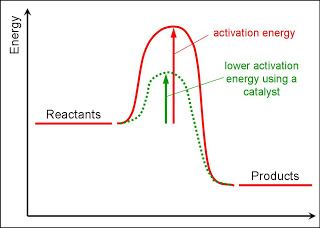Well it's not really a "problem," right? It's just the way things are. Not necessarily bad or good, but just a result of what species are present in solution and in what concentrations. Which reactions are favored and which are not.
An RO filter can remove the need for understanding many of these nuances. In terms of home gardening that's precisely what it's meant to do, in fact. It reduces the amount of math you need to do and understanding you need to have about solution chemistry.
It's worth it to really read up about and understand a few topics, though, so that you have a good grasp of what's going on. Including:
pH, concentration/dilutions, solubility, Le Chatlier's Principle (equilibrium), polarity/non-polarity, and dimensional analysis.
For instance let's walk you through solubility just so you can learn HOW to learn about these things without having to go the advanced route.
So the wiki for solubility is here:
http://en.wikipedia.org/wiki/Solubility
If you go through that link you'll see a bunch of stuff you can read through quickly. Some you might understand, other stuff you might not (its up to you how deep you want to go to learn the concepts you're missing. If you come across an idea you don't get--google it and see what comes up).
When we get to the math portion of the page your brain probably goes "Shit". But let's just look for a second.
If you look at the pressure dependence of solubility there's a bunch of fancy calculus 3 stuff there--but in the end if you look to the right side of the equation you can see the pressure dependance of solubility is related to the negative of the inverse of temperature. (ie pressure dependence is proportional to -(1/T)).
Likewise if you look to the graphs you can see that the general trend is increasing solubility as temperature increases.
If you look at the henry's law portion under solubility of gasses, you see p = kH * c. Where p is the pressure of gas above solution, c is the concentration in solution and kH is a physical constant specific to that system (CO2 and water for instance).
What this means is that concentration is proportional to 1/kH (you can divide both sides by kH to get this proportionality) what that means is that a larger value for kH will mean a higher concentration of the solute in solution and thus a larger solubility.
So instead of going through and doing all of the algebra and calculus to find the actual numbers you can just think about how these things are related to one another.
Sometimes the math get muddled and can be very confusing (i could show you some math problems that would blow your fucking mind) and then you might need to just walk away--but a lot of it can be shaved down for simplicities sake to these bare bones type arguments.
Also, if you ever had any questions you could come ask yours truly :)






